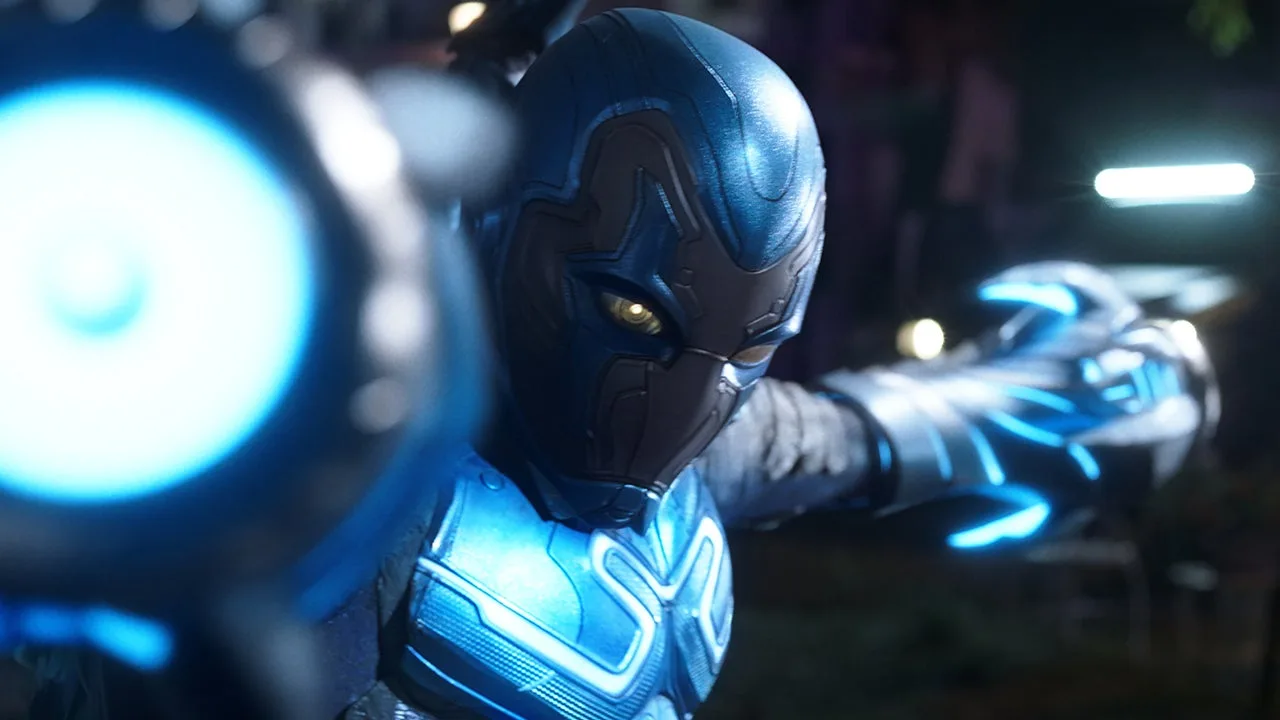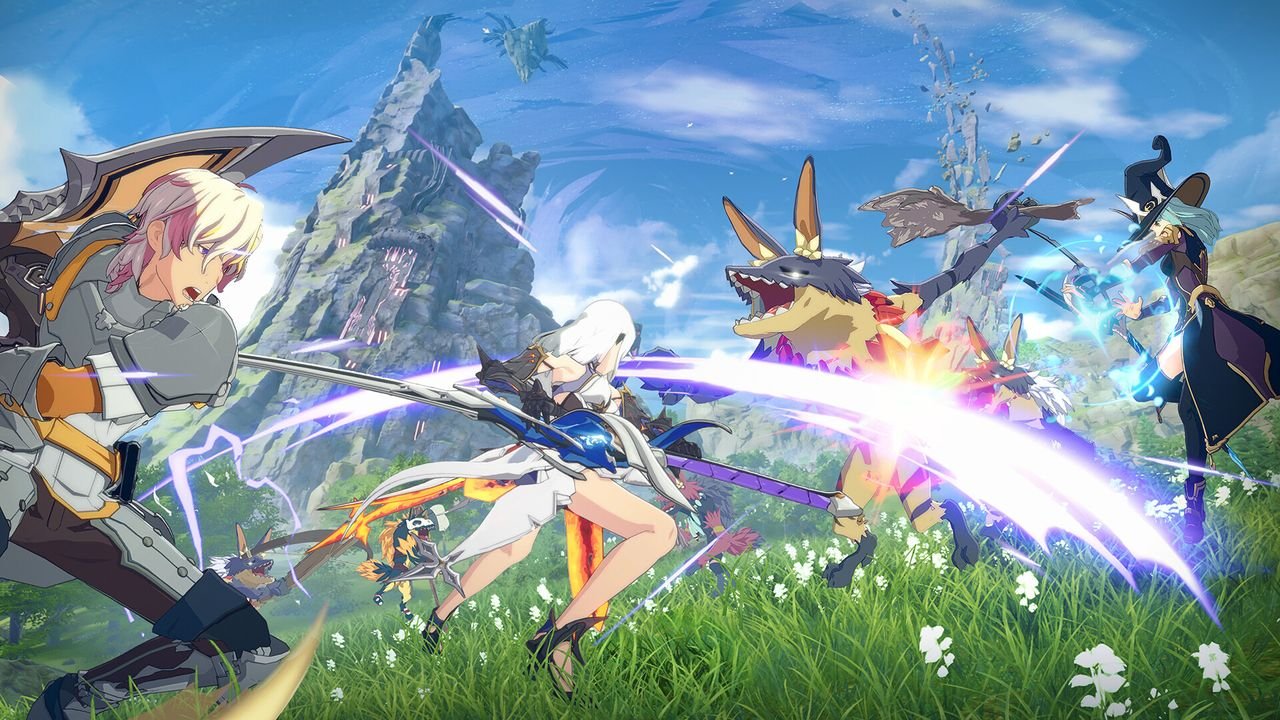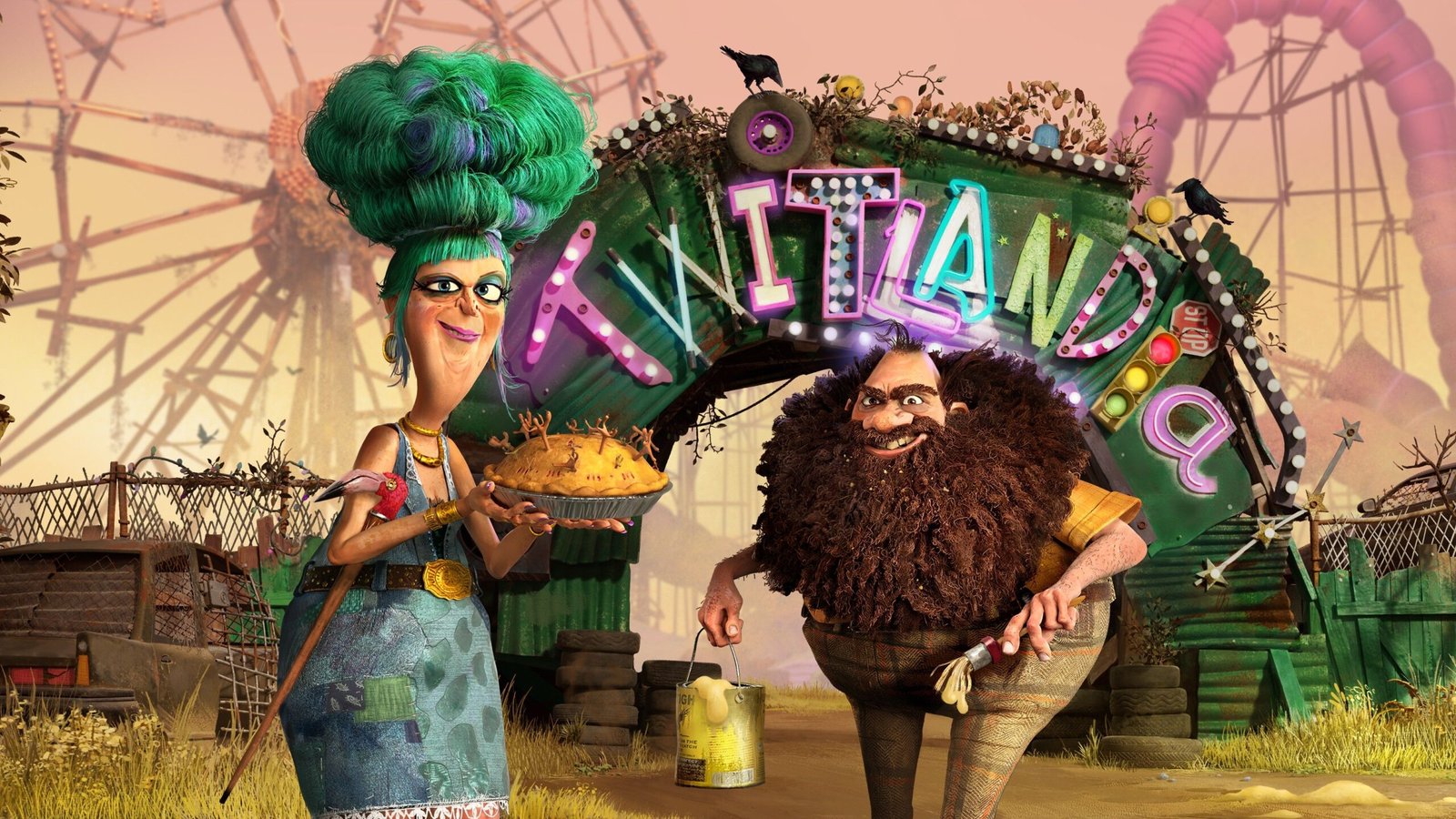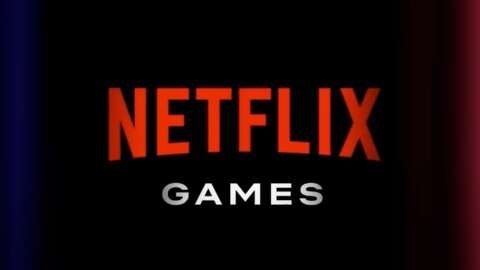Blue Beetle Director on James Gunn’s DCU, the Post-Credits Reveal, and Carapax’s Deeper Inspirations
Warning: The below article contains full spoilers for Blue Beetle.
Earlier this year, director Ángel Manuel Soto and writer Gareth Dunnet Alcocer delivered a heartfelt super saga in Blue Beetle. DC’s first-ever Latino-led superhero movie features a loveable multigenerational family with Xolo Maridueña’s earnest portrayal of Jaime Reyes at its core. In a DCU that’s been struggling as of late, it offered something fresh with its familial bickering, quips, and banter – and it was a relief to many fans to hear that Maridueña will be returning for James Gunn’s reinvention of the franchise.
But there’s also something a little deeper behind the superhero story, and it’s deeply reflective of the Latine experience – the good and the bad. Beyond lighthearted cultural references, we see reference to darker Latin American histories via our villain Carapax (Raoul Max Trujillo). While at first he reads like a prototypical henchman-slash-killing-machine, Blue Beetle explores his incendiary hatred of Victoria Kord (Susan Sarandon) as he grapples with her role in the complete destruction of his past, present and future.
In a genre defined by a stark Good Guy/Bad Guy dichotomy, what does it mean to have a villain as traumatized as Carapax? What does Blue Beetle’s future look like in the new DCU? Is Nana perhaps the coolest grandmother in the world? With Blue Beetle approaching its physical home entertainment release date on Oct. 31, Soto sat down with IGN to get at the heart of Jaime Reyes, revealing many of the cultural inspirations behind the film.
Jaime is such a departure from our current DCU. He’s young, earnest and just starting off his life after graduating college. He reminds me of a DC Spider-Man in that way. What void do you think Jaime has filled for fans?
We wanted to create this homage to a lot of the films that we grew up watching. All these exciting films, they were very character driven as well. Their relationship was a little bit more visceral in terms of not just who they are or where they are in life, but also the things that affect them. It’s situations that not only Latinos face, but also other communities – marginalized communities for that matter – experience at the same time.
It’s been a minute since we have had the opportunity to do a throwback to those films that got us to fall in love with the superhero genre in the first place, and have people that look like us, from our communities, our family members, appropriate those spaces. We’ve always been sidelined in terms of being heroes, in terms of showing ourselves the way we know we can be. So by having fun with a lot of the films that we grew up with, I felt like we were able to create a refreshing take. Because we would do it differently. Even though the situation might be similar, the way we deal with life, our filter, our lens is a different thing to experience.
With the recent revelation that Xolo will be one of the actors to continue into James Gunn’s DCU, did you know that at all while filming? Did that inform anything about the character?
No. We went through three regime changes. James Gunn and Peter Safran came into DC while we were in post so it didn’t influence much. At the end of the day, we wanted to tell a story that was standalone, that was an introduction, a prologue to a new superhero. If he wants to join a league, if he wants to continue in his own independent journey – at least now we have a foundation of what makes Jaime Reyes Jaime Reyes because this was always the first act of a bigger universe.
So, Ted Kord. At the end of the film we learn he may in fact be alive. Can fans expect to see him in the future?
I hope so. I really hope so. I know that one of the projects that James Gunn had mentioned is Booster Gold. Booster Gold and Ted Kord, the Blue and Gold Series is amazing. They also have a lot of agency on Jaime Reyes and his world as mentors. So hopefully we set it up for [Kord] to have a more direct presence in his life. In the film, he’s always mentioned. He was always there in spirit, but at the end we let everybody know that he is not dead. So that opens a lot of opportunities and potential fun adventures to be had.
Within this term of “Latino” there’s so many different cultures and experiences. As a Mexican-American myself, Jaime’s family felt so intimately familiar to me and there were so many cultural nods – Selena, the Up In Smoke bobbleheads in Rudy’s car. How were you able to capture that specificity?
For us, I think that was the easiest part because that’s who we are. Sure, it’s fantasy, it’s action. But it’s fantasy that has us in it. We understand that we cannot put all of the Latino experience in one box. We’re not a monolith. But there’s a lot of things that connect us from – like you mentioned, Selena – from Luis Miguel to El Chapulín Colorado. Those things connect us big time. From reggaeton to Soda Stereo. Like, Soda Stereo might be specific to Argentina but we heard it in Puerto Rico and we remember how we felt. Gareth [Dunnet Alcocer], the writer, he’s Mexican. I am from Puerto Rico and we just found that we have way more in common than we have different so let’s celebrate that.
It’s so interesting the way Latin America’s political history is referenced in the film. We have Nana’s revolutionary past and we have Carapax being directly affected by U.S. destabilization efforts in Latin America. Can you speak more to that?
With Nana, we wanted to honor the strong women that have been part of and sometimes kept in the shadows of not just Mexico, but Latin America. Latina women are strong. All the females around Jaime Reyes are strong. We wanted Nana to have that revolutionary background because why not? Why can’t we see Nana go back to her younger years and reveal a truth that existed before and have fun while doing it? That anti-imperialist sentiment is all throughout Latin America.
We wanted to use the School of the Americas and US interventionists in Latin America as a backdrop to why Carapax is a villain. Oftentimes in Hollywood when they show the Latino as a bad person, he’s just born that way. West Side Story, the Puerto Ricans are in gangs. They’re just bad. Carlito’s Way, well, he’s bad. Everybody’s bad. And I always had an issue with that. I’m not saying that some people are not bad. Sure. But when are we going to show what happened before that led to a history of violence in communities that at the time were actually embracing peace? That had to do in big part with US interventionists in Latin America that started in 1898, continued in Guatemala in 1954, started neoliberalism in 1973 with the assassination of [Salvador] Allende. And I can keep going.
“We had the opportunity to tell that story and have the world see it, and we had the support of the studio to do it.
How can we summarize that and show that this ruthless villain – that otherwise would’ve been one dimensional – is sometimes reminded of what happened to him? When you understand that his trauma was weaponized by the same person that is telling him “I’m here to save you,” it serves as allegory to the complicated and exploitative relationship that exists between the United States and the Caribbean and Latin America. We had the opportunity to tell that story and have the world see it, and we had the support of the studio to do it.
For me, that was one of the things that I wanted to do the most with the film – show that movies like this, of a genre that we love, can be deep and can talk about real life situations and serve as allegory so that hopefully the world can become a better place.
Blue Beetle is available in Blu-ray and DVD on Oct. 31. This interview has been edited and condensed for clarity.











Post Comment